Filming in Fiji with Florence Swamy
Florence is the Fiji Audio Visual Commission's Chief Executive Officer, the Government agency responsible for the development and promotion of the audio visual industry in Fiji.
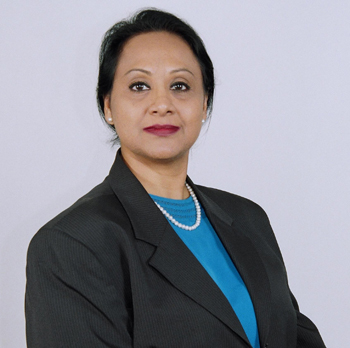 Tell me about Fiji.
Tell me about Fiji.
Fiji is known for its lush vegetation. It's a tropical paradise of around 330 tiny islands, about 100 of which are inhabited. We're in the heart of the Pacific Ocean, north of New Zealand and north-west of Australia.
Fiji covers about 1.3 million square kilometres of the South Pacific Ocean and its total land mass is slightly more than 18,300 square kilometres. Viti Levu and Vanua Levu are the biggest islands, and the next largest are Taveuni, Kadavu, Gau and Koro. Most of the land is owned by indigenous Fijians and less than 4% is owned by the state.
Fiji is blessed with a tropical South Sea maritime climate without great extremes of heat or cold.
Fiji has two cities - Lautoka and Suva, which is also the capital - and both are on the island of Viti Levu. The islands are surrounded by sandy beaches and reefs with mountains covering the centre of most of the islands.
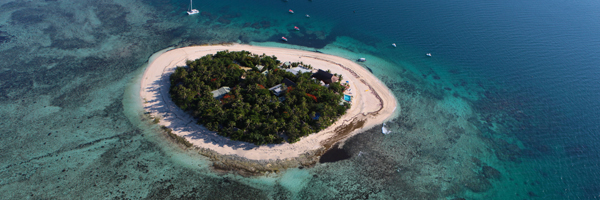 Fiji is blessed with a tropical South Sea maritime climate without great extremes of heat or cold. The islands are susceptible to tropical cyclones - about one a year - but this is mostly only between November and April.
Fiji is blessed with a tropical South Sea maritime climate without great extremes of heat or cold. The islands are susceptible to tropical cyclones - about one a year - but this is mostly only between November and April.
In all seasons the predominant winds over Fiji are the Trade Winds from the east to south - east. On the western and eastern sides of Viti Levu and Vanua Levu daytime breezes blow in across the coast.
Temperatures average 22°Celsius for the cooler months (May to October) and from November to April temperatures are higher with heavy downpours. The rainfall increases as you go further inland and the wettest months are December to April, especially over the larger islands. From May to October conditions are drier, particularly on the western and northern sides of the main islands.
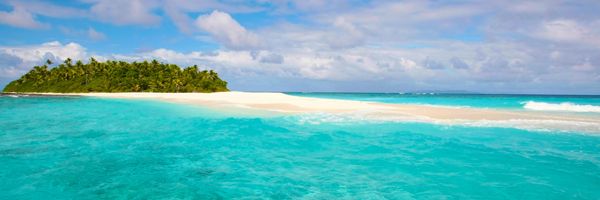 We have a competitive but stable exchange rate (FJD1.00 = USD0.6087 today; FJD1.00=USD0.5869 one year ago) and there's is an established history of filmmaking in Fiji: Blue Lagoon; Cast Away; Eco-Challenge; Anacondas, Survivor Fiji, Boot Camp and more recently Bollywood films.
We have a competitive but stable exchange rate (FJD1.00 = USD0.6087 today; FJD1.00=USD0.5869 one year ago) and there's is an established history of filmmaking in Fiji: Blue Lagoon; Cast Away; Eco-Challenge; Anacondas, Survivor Fiji, Boot Camp and more recently Bollywood films.
Local labour and material costs are low and Fiji has a high literacy rate. The people are English-speaking and with larger ethnic groups speaking launguages like Hindi and Chinese. It's a very diverse country and there are direct flight to and from the United States, Australia, New Zealand, Hong Kong, Korea and most of the Pacific Island countries.
What locations are most commonly used by film and TV crews when they film in Fiji?
An extensive range of locations have been used, from remote islands and resorts to bustling towns and cities, pubs, jungles, rivers. Production companies are drawn to its beautiful beaches, waterfalls and jungles, but they've also used its urban centres as well.
 What are the more unusual locations that our readers would not necessarily associate with Fiji?
What are the more unusual locations that our readers would not necessarily associate with Fiji?
Most people are unaware that Fiji has vistas of bustling metropolitan cities and colonial towns. Fiji has doubled for many different locations such as New York, Borneo and Chennai in India. We have British colonial buildings which have stood still in time such as Government House, the wider Government buildings and colonial mansions. There are also large sand dunes which can be used as desert locations.
This year we’ve had 13 TV shows and documentaries, as well as two feature films from India. All location approvals and permits were done through the Fiji Audio Visual Commission.
Fiji has the best dive spots on the Astrolabe reefs, great surf and fabulous beaches, isolated but accessible islands, lush jungles with tropical flora and fauna. There’s also flora and fauna which are unique to Fiji. Legend has it the red prawns on the island of Vatulele come up to the surface of the lake when sacred words are chanted...
What types of production do you work on the most?
The Fiji Audio Visual Commission (FAVC) offers a free service to any production wanting to film in Fiji, regardless of the type of project.
This year we’ve had 13 TV shows and documentaries and two feature films from India. All locations approvals and permits were done through the FAVC.
Is there anything else you would like to share about filming in Fiji?
Productions should let us know their production schedules in advance. We can then advise on weather conditions to help get around our wet and dry seasons.
Which are the best airports to use in Fiji?
Nadi International Airport is where most international flights arrive and depart from. It's on the western part of the main island, Viti Levu. It's a 20-minute flight from there to the capital, Suva, or a three-hour scenic drive along the coast.
What are the most film-crew-friendly hotels?
Most hotels are film-friendly but there are high and low tourist seasons. Once a location is chosen, it's wise to talk to hotels around the area on the availability of rooms for crews as they may be booked out during a heavy tourist season.
What do you do with your time off and what would you recommend crew and cast do to have fun and relax in Fiji?
Fiji is the ultimate tourist destination. There are plenty of facilities in which to relax and play (golf, big-game fishing, surfing, hot air ballooning, white-water rafting, scuba diving and snorkelling) in one of the world’s most pristine and diverse marine environments, as well as lively night life and local markets.
Thank you.
Click here to contact Florence.
Related Posts
- Filming on location in Fiji with Nic Leggett
- Naked and Marooned TV show films on location on remote Fiji island
- Bollywood meets Bulawood
- Hawai’i – More than Just a Tropical Paradise
- Scouting in Paradise: The beautiful, hidden and untapped locations of French Polynesia
- Scouting in Western Norway: Where high-tech structures meet epic natural landscapes
- The Caribbean as a location for filming
- TLG talks to British Virgin Islands Film Commissioner, Clive McCoy
Related posts:
Comments
Not Logged in
You must be logged in to post a comment





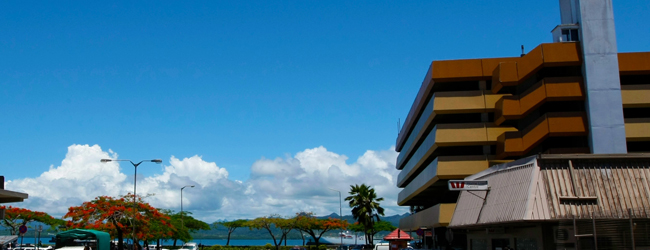
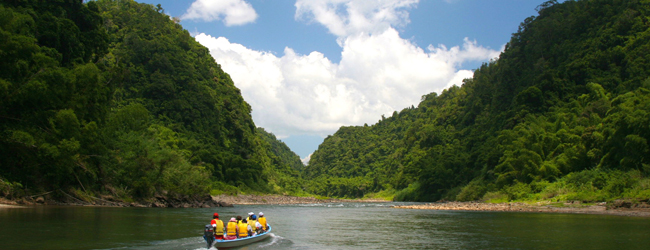
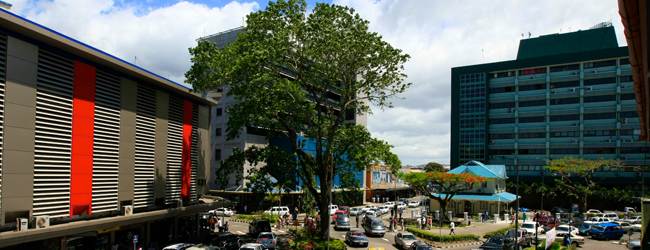

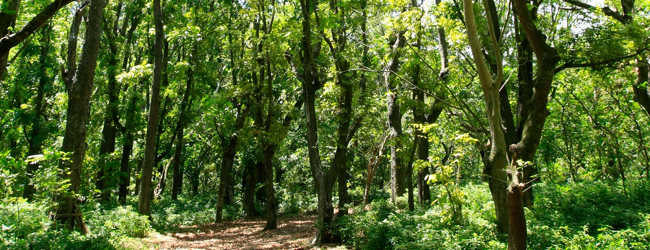
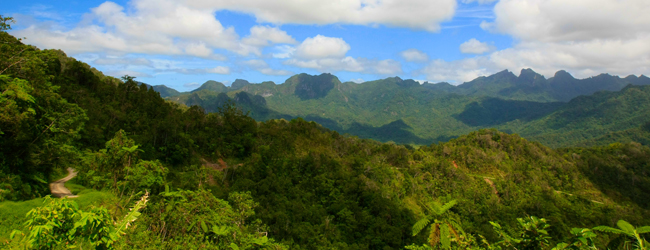

There are no comments